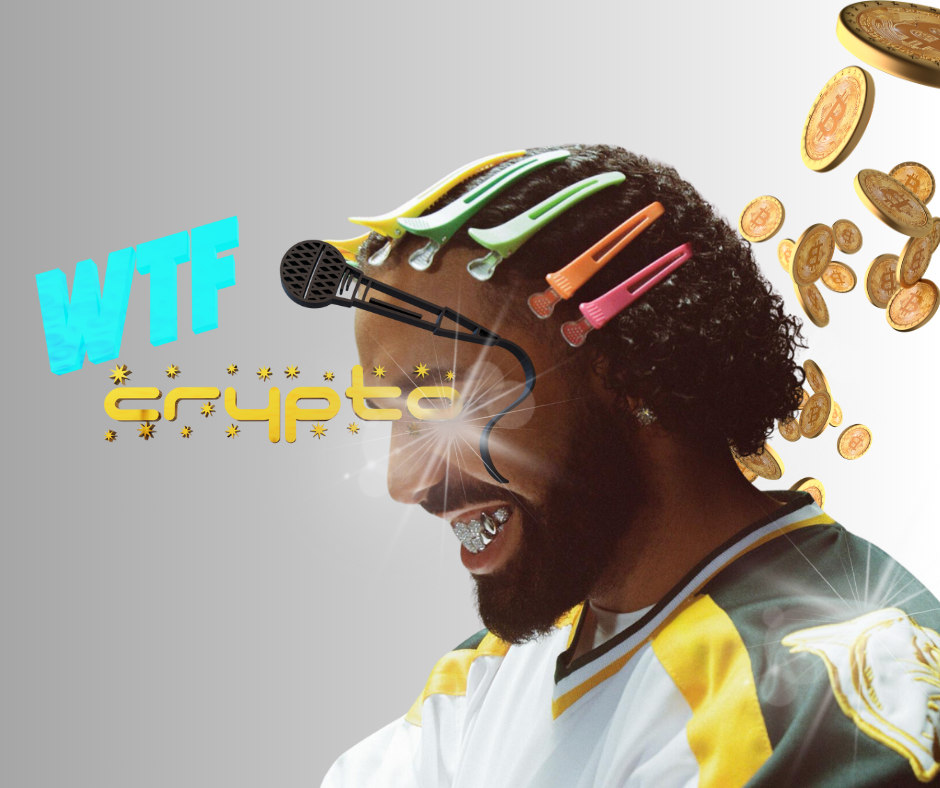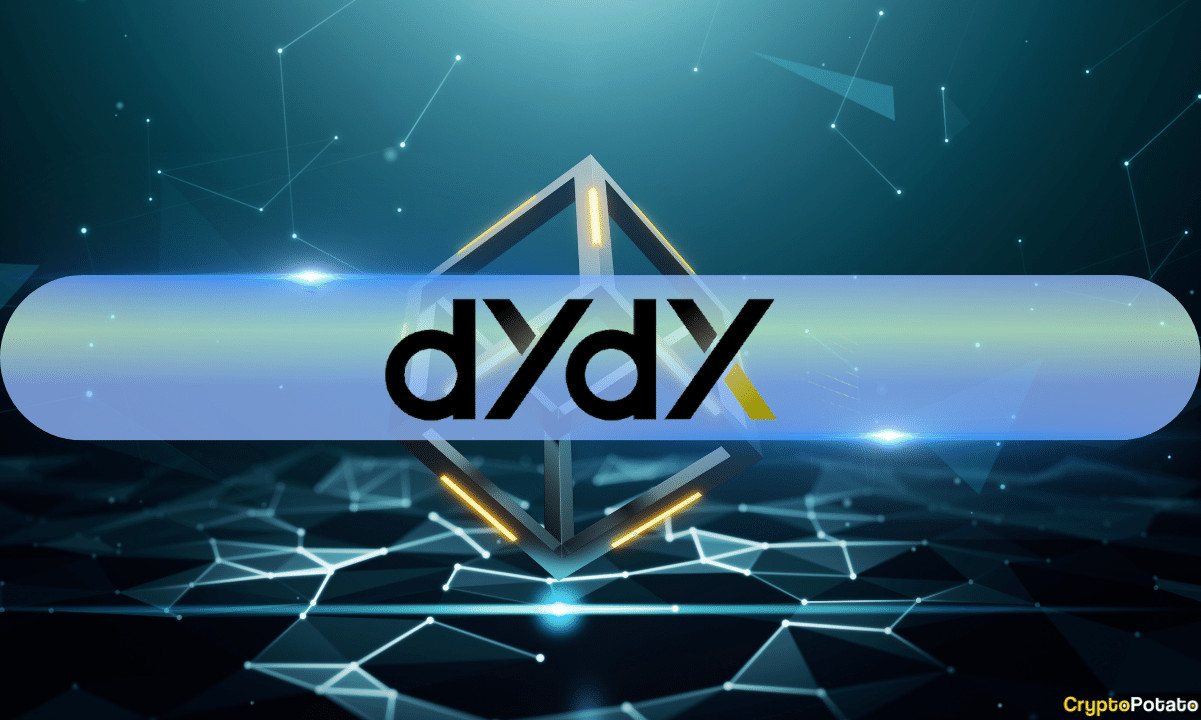
March 7, 2024, marked a significant milestone for Hong Kong as it ventured boldly into the era of digital finance with the initiation of its wholesale central bank digital currency (wCBDC) pilot. This pioneering move is a testament to Hong Kong’s dedication to nurturing a forward-thinking financial sector and solidifying its global reputation as a leader in the digital finance space.
The HKMA wCBDC Initiative - “Project Ensemble”
With the launch of “Project Ensemble,” the Hong Kong Monetary Authority (HKMA) has taken a decisive step toward the future of financial transactions. This initiative is at the forefront of cultivating the tokenization market in Hong Kong, creating an innovative financial market infrastructure (FMI) that champions the interbank settlement of tokenized funds, starting with widely accessible tokenized deposits.
Synergy with BIS’s Unified Ledger Vision
“Project Ensemble” resonates with the Bank for International Settlements (BIS)’s vision for a unified ledger system that is set to redefine how we think about payments, clearing, and settlements. By embracing the principles of tokenization, smart contracts, and programmability, Hong Kong is poised to become a pivotal reference point in the evolution of digital currencies.
Innovating with the wCBDC Sandbox
At the heart of “Project Ensemble” is the wCBDC Sandbox. This dedicated environment is where the future of tokenized assets, such as green bonds and carbon credits, begins to take shape. It is a place for innovators to test and refine their ideas, potentially birthing a new financial market infrastructure that fluidly merges tokenized assets with traditional currency transactions.
Cultivating a Collaborative Community
The HKMA is also laying the groundwork for the wCBDC Architecture Community, a collaborative network of local and international banks, digital asset pioneers, tech innovators, and CBDC experts. This community will be instrumental in setting industry standards and fostering innovative approaches to financial services.
Embracing International Collaboration
The HKMA’s vision extends beyond local waters, reaching out to international stakeholders for a collaborative exploration of the wCBDC Sandbox. This global partnership is key to the potential “live” issuance of the wCBDC, poised to occur when the industry demonstrates readiness for such a transformative step.

Key Features of the HKMA wCBDC Initiative
The HKMA’s wCBDC initiative is more than just a new financial instrument; it is a strategic alignment with the BIS’s unified ledger concept, forming the bedrock for a resilient and forward-looking financial infrastructure.
Revolution Through Smart Contracts
Smart contracts are the heartbeat of the wCBDC initiative, set to revolutionize the system by enabling transactions that are automated, instantaneous, and flawless. This marks a significant leap in improving the efficiency and reliability of financial operations.
Pioneering Tokenization
The HKMA initiative is tapping into the vast potential of asset tokenization, seamlessly transitioning traditional financial instruments into digital formats that promise ease of trade and settlement on the wCBDC platform. This represents a new chapter in financial accessibility and market liquidity.
Building Interoperable and Governable Systems
The initiative places a strong emphasis on developing robust frameworks for interoperability and governance, essential for the wCBDC’s adoption and integration within the international financial ecosystem.
Fostering a Unified Financial Environment
The HKMA is championing the development of wCBDCs that integrate smoothly with tokenized commercial bank deposits, advocating for a cohesive and agile financial ecosystem prepared to meet the dynamic demands of the global economy.

Operational Mechanics of the HKMA wCBDC Initiative
The HKMA is weaving a complex tapestry of financial innovation where wCBDCs, tokenized bank funds, and diverse digital assets converge to create a seamless transactional ecosystem. This system employs the pioneering ethos of cryptocurrency and DeFi but is anchored by the reliability of a central bank-issued digital currency, ensuring both credibility and stability.
Smart contracts are the linchpin of this initiative, poised to disrupt the status quo by enabling transactions that bypass traditional bottlenecks. These digitally enforced contracts promise to energize areas like supply chain finance with newfound efficiency and flexibility.

Future Potentials and Benefits
At the forefront of financial evolution, tokenization reimagines assets as programmable units on digital platforms, simplifying transactions, and cutting through the red tape of account management. This shift is redefining financial products, enabling more nuanced and efficient transactions tailored to specific conditions and complexities.
Reinventing Supply Chains and Investments
Tokenization can recalibrate supply chain dynamics, fostering a more efficient flow of goods and services and mitigating traditional frictions. It also opens doors to tokenizing tangible assets such as property and stocks, diversifying investment portfolios and deepening market liquidity.
The ripple effects of tokenization could reshape the entire economic landscape, as the inherent programmability of digital assets catalyzes the creation of innovative financial mechanisms and services. wCBDCs, serving as a trusted settlement layer, ensure that all transactions carry the weight and authority of central bank-backed currency.

Challenges and Considerations
The paradigm shift to a tokenized ledger under the HKMA’s wCBDC initiative invites a host of regulatory revisions. The integrity of new financial instruments like stablecoins must be ensured, along with their alignment with established monetary frameworks.
Maintaining Stability Amid Innovation
Stablecoins represent a double-edged sword; while offering new forms of liquidity especially facilitating DeFi and Web3.0 innovative activities, their need for asset backing may have implication on traditional financial resources. Tokenized deposits must balance the old with the new, maintaining the reliability of money while embedding into the digital landscape.
Regulatory Vigilance
As the financial ecosystem transforms, unwavering commitment to regulatory protocols like KYC, AML, and CFT becomes paramount. These standards must evolve without compromising their protective role in the burgeoning tokenized environment. The way towards standardized and widely acceptable Digital ID and Corporate Digital ID is indispensable.
Oversight and Collaboration
The HKMA champions a judicious blend of innovation and oversight, a balance that safeguards the system against malpractice and privacy breaches. This balanced approach, as the BIS suggests, will require a concerted effort from all market participants to preserve market competitiveness and ensure robust security.
In essence, the HKMA’s wCBDC initiative is strategically positioned to harness the benefits of tokenization. Yet, it faces the critical tasks of navigating regulatory terrain, ensuring price stability, and maintaining monetary integrity. The strategy includes a progressive integration of wCBDC functionalities with the existing financial architecture and the cultivation of ledgers to serve specific use cases.
Collaboration remains the cornerstone of this initiative’s success, pivotal to Hong Kong’s ambition to lead in global financial innovation. The wCBDC initiative is not just a technical upgrade — it’s a pledge to forge a financial landscape that is more inclusive, efficient, and resilient. It is the key moment in witnessing the great evolution of our financial system and the further advancement of our international financial center position.

References
- Hong Kong Monetary Authority - HKMA unveils Project Ensemble to support the development of the Hong Kong tokenisation market
- Exclusive | CBDC pilot boosts Hong Kong's blockchain, international hub credentials: Yue
- III. Blueprint for the future monetary system: improving the old, enabling the new
- The future monetary system: from vision to reality
- Unified Ledger for CBDCs, Tokenized Assets Could Enhance Global Financial System: BIS
- South Korean authorities explore 'unified ledger' for CBDC
wCBDC & Unified Ledger: What We Need to Know was originally published in The Dark Side on Medium, where people are continuing the conversation by highlighting and responding to this story.

 1 month ago
22
1 month ago
22






 English (US) ·
English (US) ·